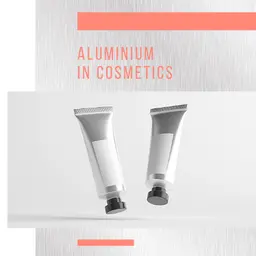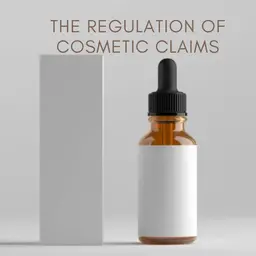
The term ‘liposome’ is derived from the Greek words ‘lipos’ and ‘soma’, which mean ‘fat’ and ‘body’, respectively. A liposome is a small bubble of fat which contains an aqueous solution. This technique is used in pharmaceutics, medicine, but also cosmetics, as it enhances the penetration of actives in the skin.
A liposome is a sort of globule of fat derived from phospholipids. Lecithin – a compound of egg yolk – is the most common of this type of material, which is used to obtain a structure biomimetic to that of the skin. As a matter of fact, the epidermis superficial layers are composed of lipids almost identical to those found in a liposome.
As a result, the globule melts perfectly well in the skin.
The size of a liposome is measured on the nanoscale.
Depending on the actives they contain, certain liposomes are even marked, so they can be transported to the exact place intended. That is what we call the principle of active targeting.
The liposome form offers various advantages: it protects the actives and enhances their penetration for guaranteed efficacy.
JS













